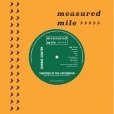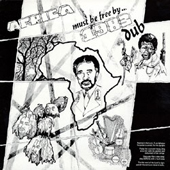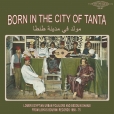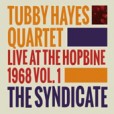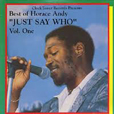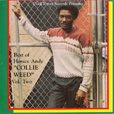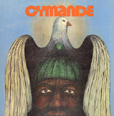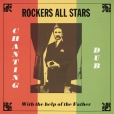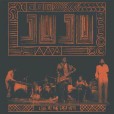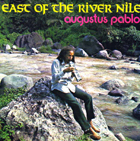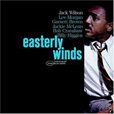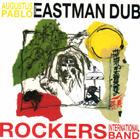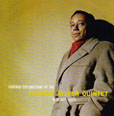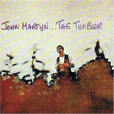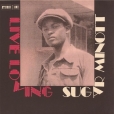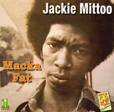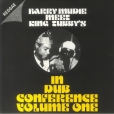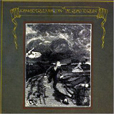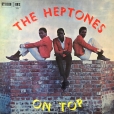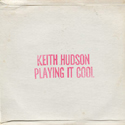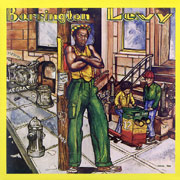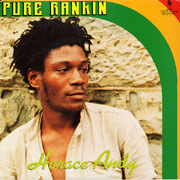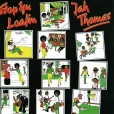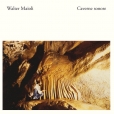Your basket is empty

‘Egypt’s ‘official’ popular music throughout much of the twentieth century was a complex form of art song steeped in tradition, well-loved by the middle and upper classes. The music business was highly structured and professional; centred in Cairo. However, far from the metropolis, to the north and northwest, in towns like Tanta and Alexandria and extending across the Saharan Desert to the Libyan border, a raw, hybrid shaabi/al-musiqa al-shabiya style of music was springing up, supported by small, upstart labels.
‘This compilation covers the full range of styles presented by the short-lived but fecund Bourini Records, launched in the late 1960s in Benghazi, Libya. Gobsmacking moments include Basis Rahouma’s transformation into a growling, barking man-lion, and Reem Kamal’s onwards-and-upwards hand-clapping party banger, with a grooving nihilistic dissonance reminiscent of the Velvet Underground. The thorough-going contrast with mainstream Egyptian popular music is stark in Ana Mish Hafwatak, its vocal woven deftly through a constant accordion drone, and the sparse, slow-burning lament Al Bint al Libya. Whereas the mainstream was aspirational, projecting Egyptian culture at its most refined, the performances captured by Bourini were authentic expressions of ordinary, everyday life. More than half a century old, this music has lost none of its urgency, presence, or relevance.’
The South Londoners’ amazing 1972 LP debut, including Caribbean-funk classics Bra and The Message, the deep Santana vibes of Dove, the playful grounation of Folk Song…
Excellent dub set originally released in 1988, based around Tetrack’s classic Let’s Get Started LP, from nearly a decade before. Roomy and reverberating, with synths preferred to melodica.
Sugar’s debut LP, from 1978: inspired, crafted voicings of all-time classic S1 rhythms, banger after banger, insouciantly announcing the rebirth of the greatest reggae label of all time, with vibes and panache to the max.
Hotly recommended. Crucial Studio One.
Studio One activist Sugar Minott’s favourite LP of all time.
A stone-classic mixture of foundational rhythms, peerless rocksteady lovers, and songs with the political concerns of the roots reggae to come.
Killer after killer. An absolute must.
It was intended that one of Hudson’s teenage sons would voice the dubs. In the event the Love Joys, Wayne Jarrett, and most inimitably Hudson himself featured at the microphone. Like Wackies, Hudson was a Studio One devotee — ‘I used to hold Don Drummond’s trombone for him so I can be in the studio’ — and the album follows Coxsone’s recent strategy of overdubbing signature rhythms.
The Studio One sides were aimed at the dancefloor; Hudson’s reworks of tracks like Melody Maker are more psychological. Heavy Barrett Brothers rhythms are pitched down and remixed deeper still with reverb, filters and other distortion, and overlaid with new recordings of guitar, percussion, keyboard, voice, often crazily treated.
Originally released in 1981 on the Joint International label, in NYC.
Legendary, strange, compelling music.
‘Investigations of the secret dialogue between the trickling of pond waters and the faint percussive reverberation of stalactites and stalactites. Rocky sediment played as tubular organs, glockenspiels, xylophones, stone marimbas. Crystalline timbral variations and subtle microtonal passages recall the chimes of Tibetan gongs and bells, the scales of Java and Bali. Amidst muffled pauses and silences, trills and rings, echoes and tremolos, hisses and pops of vibration, Maioli — often responding directly to polyrhythms created by dripping and falling water — builds his most imaginative sound-world.’
Says Maioli: ‘Beginning in 1986, my daughter Luce and I started experimenting with sounds in the spectacular caves of Toirano. We lived in this Ligurian town for three years at the beginning of the 1990s. A total immersion in prehistory. There are traces in the Upper Paleolithic of repeated percussion on stalactites and stalagmites. Not all stalactites and stalagmites make sounds when struck, but some reveal truly extraordinary and incredible sounds, from powerful low gongs to subtle, crystalline sounds. We also recorded (exceptionally) these fantastic sounds in the caves of Borgio Verezzi by hitting the stones directly with our hands or with special clappers so as not to damage them, with the supervision of the speleological guides.’
